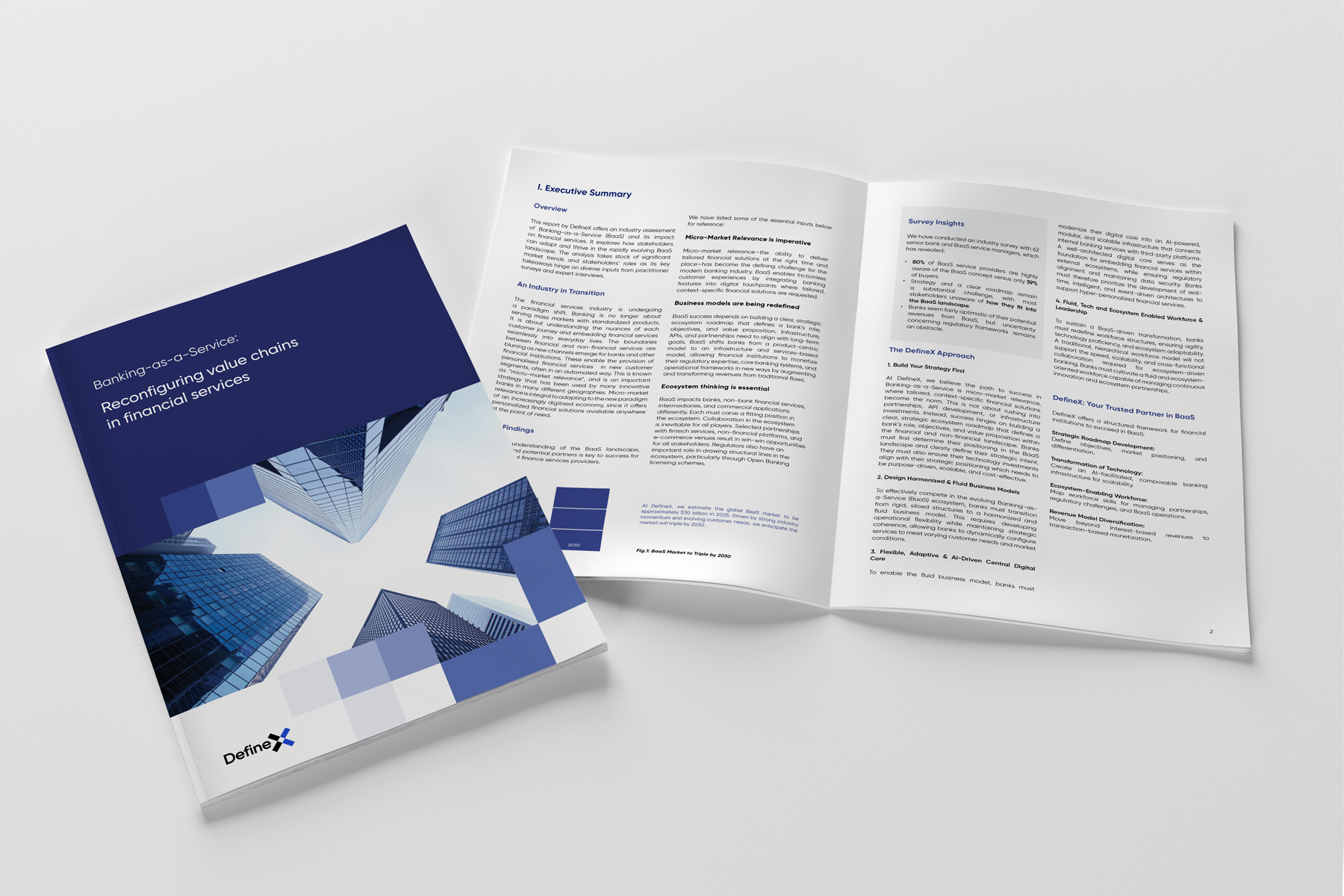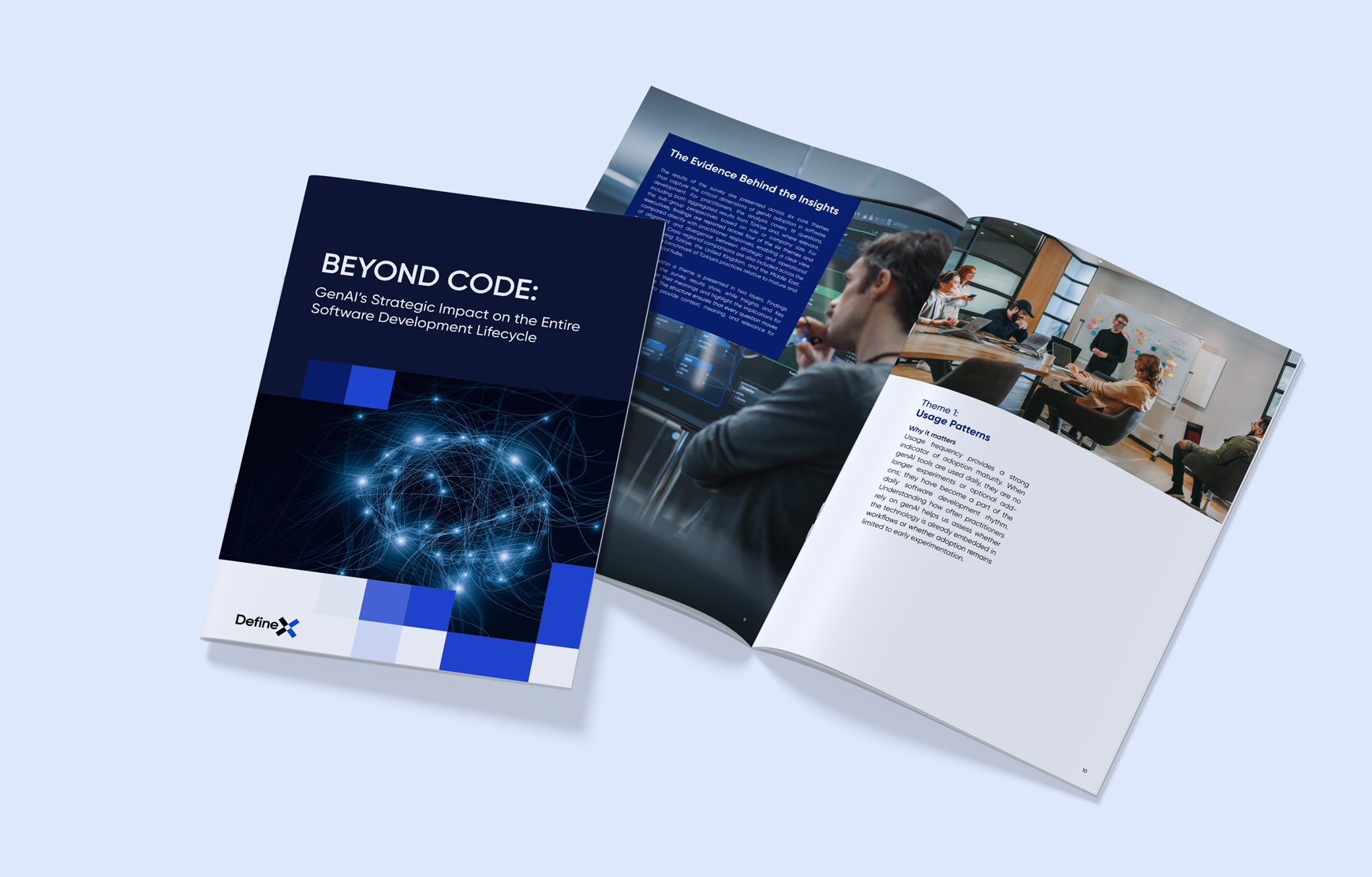 Financial Services
Financial Services
- Insights
- Technology
- Report
Beyond Code: GenAI’s Strategic Impact on the Entire Software Development Lifecycle

Software delivery is undergoing a structural shift. Generative AI is moving beyond coding into requirements, design, documentation, testing, and deployment, and the change is already visible in teams’ day-to-day workflows.
Enterprise impact depends on operating models, governance, and reskilling rather than the number of tools. Institutions that pair usage with clear guardrails and role-specific enablement will convert scattered gains into measurable outcomes.
This executive publication presents a strategic view of GenAI in software development. It is based on surveys of 641 practitioners and 71 executives across Türkiye, the UK, and the Middle East, complemented by executive interviews. It offers a framework for moving from adoption to institutionalization through workflow integration, measurement, and workforce redesign.
Findings snapshot: 91% of practitioners report process improvements, with an average of about 3.5 hours saved per week. Adoption has progressed from pilots in 2024 to foundations in 2025, with organizational enablement expected in 2026.
Key themes include:
- Adoption is widespread, maturity is still emerging, and most usage remains at individual level rather than enterprise workflows.
- Expansion beyond coding across the SDLC is accelerating, with testing and QA as the next frontier.
- The productivity paradox persists. Teams feel faster, yet enterprise metrics often do not show proportional gains without better measurement.
- Risk and governance are becoming prerequisites for scale, from validation policies to explainability and audits.
- Talent models are shifting, and reskilling is now essential for juniors and seniors alike.
- Regional peers in the UK and Middle East report more structured guardrails and slightly higher satisfaction, pointing to the importance of institutional support.

Explore deep-dive content to help you stay informed and up to date
 Financial Services
Financial Services


